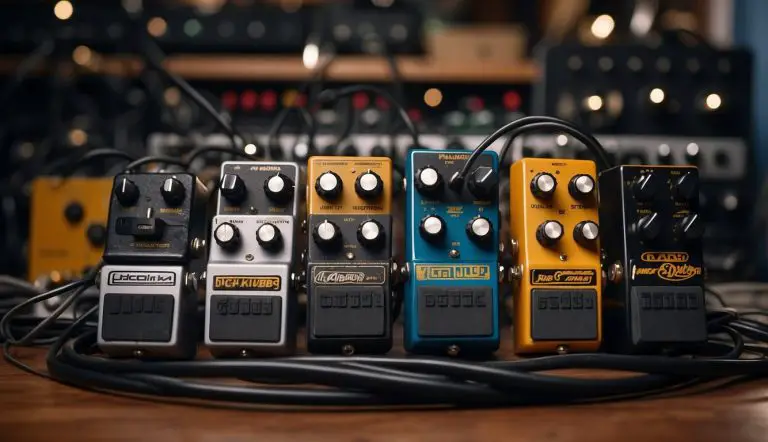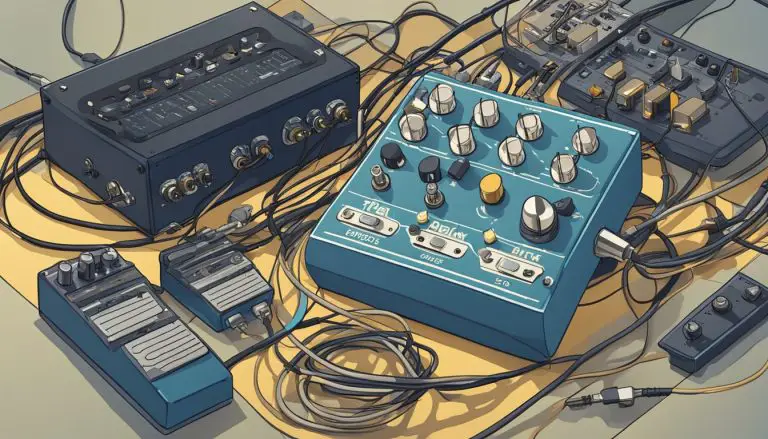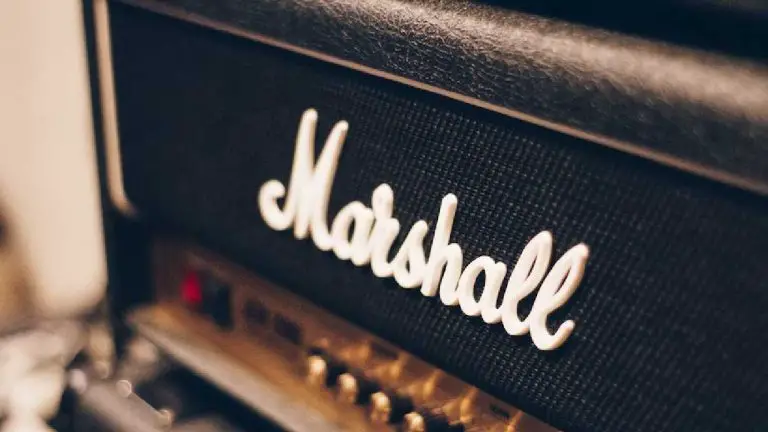7 Secrets To Master Barre Chords
One of the toughest challenges beginner guitarists have to face is how to master barre chords. It can be quite difficult to grasp for beginners especially as it requires holding down the entire set of strings on your neck down while placing your free fingers on different places on the fret board to achieve a certain sound. But, there’s no getting around this, you will have to learn how to barre those chords to complete the entire chord scale.
Before we start, let’s get one thing straight. It’s going to be tough at the start but it will get easier over time especially if you are determined enough to put in the time to practice your barre chords.
1. Memorize the chord chart
If you want to master the barre chords, you’ll have to memorize the chord chart. The basic barre chords you would need to remember to perform a simple song are the F and B Barre Chords.
Source: guitarlessonworld.com
2. Memorize the Fret board and the root notes on each fret
The Barre chord uses the root note as the starting point of chords you play using it. The most basic being the F chord. So this means that the first fret on the E string is the F note. Once you memorize the notes associated on the fret board you’ll be able to move your barre chord around with ease.
3. Understand the use of the Barre Chord
The Barre chord works in the same way that a Capo would. It essentially presses all six strings simultaneously to produce a certain sound. Since your hand can freely move on the fretboard, this makes it a moving capo!
4. Use Barre chords Instead of Open chords
If you look at the F and B chord, removing the Barre is going to give you the basic shape of the E and A chord except it has moved one fret up. In essence, your index finger is acting in the same manner as the nut or as a capo. It raises the sound of the notes on all strings simultaneously. Let’s say if you play the guitar without fretting anything and picking the entire six strings, you’d get an open sound. This sound is basically E – A – D – G – B – E. Fretting the first note is going to change the pitch of all six strings by one note. So you’re going to get F – A# – D# – G# – C – F.
So if the E chord can be played using open strings and barring the first fret and moving the E chord form up one string is going to transform it into an F, then you can move the barre chord all over the fret board and create different chords with it. In fact, you can play the entire chord chart by using the F shape all throughout. Move the F chord up by two frets and you’ll get a G chord, move it another two frets and you’ll get an A. if you moved it by only one fret you’ll get the sharp of the chord, so if you move one fret from G you’ll get a G#. This is the same thing with the B form of the Barre chord.
5. Get Out of Your Comfort Zone
Often guitarists fall into the trap of playing just the things that make it easy for them to play things. This usually means playing chords in ways that are not musically correct. Don’t fall into this trap. You need to learn barre chords properly. It’s going to be tough and you need to get out of your comfort zone to play these chords.
6. Progress to Advanced Barre Chords
There are more barre chords in the chord chart than open chords. Minor chords are often played using Barre chords. And there are also certain chords like the diminished and augmented chords that are usually barred. This is going to force you to splay your fingers out in weird positions. Constant practice is going to make it easier to perform these barre chords.
7. Keep Doing It
The more you do something repetitively, the better you’ll get at it. This is the effect of your muscles remembering how to do a particular thing. You can also call it muscle memory. It will feel awkward at first but as you progress it is going to become easier and your fingers will remember where to position themselves without you having to think about it. And if you memorize the entire fret board and the placement of the root notes, you’ll be able to play barre chords anywhere on your guitar!



